This is a Simple Guide to Gluten Free Diets, For those with celiac disease, gluten sensitivity, or those seeking to eliminate gluten for health reasons, adopting a gluten-free diet may be a crucial step.
Gluten, a protein present in wheat, barley, rye, and triticale (a hybrid of wheat and rye), can cause adverse reactions in some individuals. To assist you in navigating a gluten-free diet, we have compiled a straightforward guide.
Gluten Free Foods
Foods Naturally Gluten-Free Foods – Fruits and Vegetables: All fresh fruits and vegetables are naturally free from gluten.:-
- Meat
- Fish
- Plain, unprocessed meat,
- Poultry, and fish are also free from gluten.
However, be cautious of breaded or flavored meats. – Dairy:
Most dairy products are gluten-free, but it’s important to check labels for additives that might contain gluten. Grains: Rice, quinoa, corn, tapioca, millet, sorghum, amaranth, buckwheat, and teff are all gluten-free. – Legumes: Beans, lentils, and peas are naturally free from gluten. – Nuts and Seeds: Unprocessed nuts and seeds do not contain gluten.
Foods to Avoid on Gluten Free Diets
Wheat-Based Foods: Wheat varieties such as spelt, kamut, farro, and durum; and products like:-
- Bread,
- pasta,
- cereals,
- cakes, and cookies.
- Barley: Found in malt (malted barley flour),
- malted milk or beverages, food coloring, and soups.
- Rye: Commonly found in rye bread like pumpernickel. – Triticale:
A less common grain but can be found in some cereals and bread. Reading Labels In many countries, foods that contain wheat or other gluten-containing grains must be labelled accordingly.
However: – Look for products labelled gluten-free. These products have met strict standards for gluten content. – Be cautious of cross-contamination warnings on labels. Even if the ingredients are gluten-free, products may not be safe if they’re produced on equipment that also processes gluten-containing foods. Cross-Contamination Cross-contamination can occur: –
In the kitchen: Use separate toasters for gluten-free breads or thoroughly clean surfaces before preparing gluten-free food. – When dining out: Choose restaurants that are knowledgeable about the risks of cross-contamination. Eating Out Eating out can be challenging on a gluten-free diet: – Research restaurants in advance to find those with a good selection of gluten-free options.
Don’t hesitate to ask the staff about how food is prepared and whether they cater to gluten-free diets. Supplements and Nutritional Considerations Switching to a gluten-free diet may result in deficiencies in certain vitamins and minerals such as fiber, iron, calcium, magnesium, zinc, folate, niacin, riboflavin, and vitamin B12. Consider:
Choosing fortified foods or taking supplements after consulting with a healthcare provider. – Incorporating a variety of whole foods into your diet to ensure you’re getting necessary nutrients. Conclusion Starting a gluten-free diet requires some adjustments and learning along the way.
Focus on whole foods that are naturally free from gluten while being mindful of potential sources of contamination. With careful planning and awareness, you can maintain a balanced and satisfying gluten-free diet.
Gluten Free Vitamin Supplements
-
Product on sale
 CherryBeetOriginal price was: £19.99.£14.99Current price is: £14.99.
CherryBeetOriginal price was: £19.99.£14.99Current price is: £14.99. -
Product on sale
 MEAL Time Protein ShakesOriginal price was: £29.99.£19.99Current price is: £19.99.
MEAL Time Protein ShakesOriginal price was: £29.99.£19.99Current price is: £19.99. -
Product on sale
 THERMOthin Natural Slimming SupplementOriginal price was: £19.99.£16.99Current price is: £16.99.
THERMOthin Natural Slimming SupplementOriginal price was: £19.99.£16.99Current price is: £16.99. -
Product on sale
 Nattokinase Power ComplexOriginal price was: £29.99.£19.99Current price is: £19.99.
Nattokinase Power ComplexOriginal price was: £29.99.£19.99Current price is: £19.99. -
Product on sale
 Eye Nourish Complex v1Original price was: £19.99.£16.99Current price is: £16.99.
Eye Nourish Complex v1Original price was: £19.99.£16.99Current price is: £16.99. -
Product on sale
 Home Enema Kit Colone CleansingOriginal price was: £29.99.£19.99Current price is: £19.99.
Home Enema Kit Colone CleansingOriginal price was: £29.99.£19.99Current price is: £19.99. -
Product on sale
 Green Coffee Bean Natural Slimming CapsulesOriginal price was: £16.99.£14.99Current price is: £14.99.
Green Coffee Bean Natural Slimming CapsulesOriginal price was: £16.99.£14.99Current price is: £14.99. -
Product on sale
 DIGESTIVE aid Enzymes CapsulesOriginal price was: £19.99.£15.99Current price is: £15.99.
DIGESTIVE aid Enzymes CapsulesOriginal price was: £19.99.£15.99Current price is: £15.99. -
Product on sale
 Omega 3-6-9 Oils Gel CapsulesOriginal price was: £19.99.£12.99Current price is: £12.99.
Omega 3-6-9 Oils Gel CapsulesOriginal price was: £19.99.£12.99Current price is: £12.99. -
Product on sale
 L-Glutamine PowderOriginal price was: £19.99.£17.99Current price is: £17.99.
L-Glutamine PowderOriginal price was: £19.99.£17.99Current price is: £17.99. -
 COL-Clear B COLON CLEANSER£15.99
COL-Clear B COLON CLEANSER£15.99 -
 COLON-Clear A CLEANSER£15.99
COLON-Clear A CLEANSER£15.99
-
Product on sale
 THERMOthin Natural Slimming SupplementOriginal price was: £19.99.£16.99Current price is: £16.99.
THERMOthin Natural Slimming SupplementOriginal price was: £19.99.£16.99Current price is: £16.99. -
Product on sale
 Nattokinase Power ComplexOriginal price was: £29.99.£19.99Current price is: £19.99.
Nattokinase Power ComplexOriginal price was: £29.99.£19.99Current price is: £19.99. -
Product on sale
 Eye Nourish Complex v1Original price was: £19.99.£16.99Current price is: £16.99.
Eye Nourish Complex v1Original price was: £19.99.£16.99Current price is: £16.99. -
Product on sale
 Green Coffee Bean Natural Slimming CapsulesOriginal price was: £16.99.£14.99Current price is: £14.99.
Green Coffee Bean Natural Slimming CapsulesOriginal price was: £16.99.£14.99Current price is: £14.99. -
Product on sale
 DIGESTIVE aid Enzymes CapsulesOriginal price was: £19.99.£15.99Current price is: £15.99.
DIGESTIVE aid Enzymes CapsulesOriginal price was: £19.99.£15.99Current price is: £15.99. -
Product on sale
 Omega 3-6-9 Oils Gel CapsulesOriginal price was: £19.99.£12.99Current price is: £12.99.
Omega 3-6-9 Oils Gel CapsulesOriginal price was: £19.99.£12.99Current price is: £12.99. -
 COLON-Clear A CLEANSER£15.99
COLON-Clear A CLEANSER£15.99 -
 Turmeric Herbal Combo Capsules£17.99
Turmeric Herbal Combo Capsules£17.99 -
 Collagen Ultra Beauty Capsules£19.99
Collagen Ultra Beauty Capsules£19.99 -
 WATERgo Herbal Diuretic£14.99
WATERgo Herbal Diuretic£14.99 -
 Liver Clear Detox & Cleansing Capsules£16.99
Liver Clear Detox & Cleansing Capsules£16.99 -
 Dietary Fibre Complex v4 (DF120) Caps£12.99
Dietary Fibre Complex v4 (DF120) Caps£12.99
Understanding Gluten Free Foods
When it comes to gluten-free foods, it’s important to know what you can and cannot eat. Naturally gluten-free foods include fresh fruits and vegetables, plain unprocessed meat, poultry, and fish, most dairy products, grains such as rice, quinoa, corn, tapioca, millet, sorghum, amaranth, buckwheat, and teff, legumes like beans, lentils, and peas, and unprocessed nuts and seeds. However, it’s important to check labels for additives that might contain gluten.
On the other hand, there are certain foods that should be avoided on a gluten-free diet. These include wheat-based foods such as bread, pasta, cereals, cakes, and cookies made from wheat varieties like spelt, kamut, farro, and durum. Barley found in malted milk or beverages, food coloring or soups should also be avoided. Rye is commonly found in rye bread like pumpernickel while triticale is a less common grain but can be found in some cereals and bread. When shopping for gluten-free foods, it’s important to read labels carefully. Look for products labeled gluten-free as these have met strict standards for gluten content.
However, be cautious of cross-contamination warnings on labels. Even if the ingredients are gluten-free, products may not be safe if they’re produced on equipment that also processes gluten-containing foods. Cross-contamination can also occur in the kitchen or when dining out. To avoid this, use separate toasters for gluten-free bread or thoroughly clean surfaces before preparing gluten-free food. When dining out, choose restaurants that are knowledgeable about the risks of cross-contamination. Eating out can be challenging on a gluten-free diet. It’s important to research restaurants in advance to find those with a good selection of gluten-free options.
Don’t hesitate to ask the staff about how food is prepared and whether they cater to gluten-free diets. Switching to a gluten-free diet may result in deficiencies in certain vitamins and minerals such as fiber, iron, calcium, magnesium, zinc, folate, niacin, riboflavin, and vitamin B12. To address this issue consider choosing fortified foods or taking supplements after consulting with a healthcare provider. Incorporating a variety of whole foods into your diet can also ensure you’re getting necessary nutrients. In conclusion, starting a gluten-free diet requires some adjustments and learning along the way. Focus on whole foods that are naturally free of gluten while being mindful of potential sources of contamination. With careful planning and awareness, you can maintain a balanced and satisfying gluten-free diet.
Summary to Gluten Free Diet
A gluten-free diet is a dietary regime that rigorously eliminates gluten, a blend of proteins present in wheat, barley, rye, and oats (to some degree due to cross-contamination). This diet is crucial for people with celiac disease, non-celiac gluten sensitivity, wheat allergy, and other health conditions. Here are the essential highlights of a gluten-free diet: Click to See Also Benefits of Gluten Free Diet



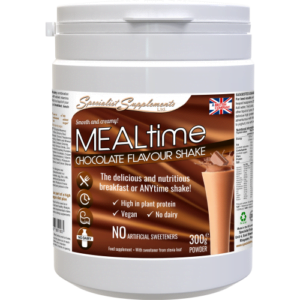
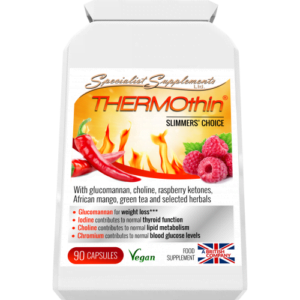

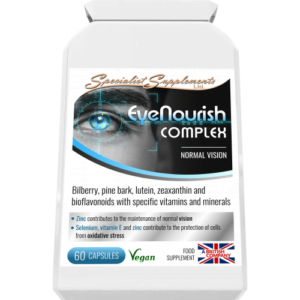

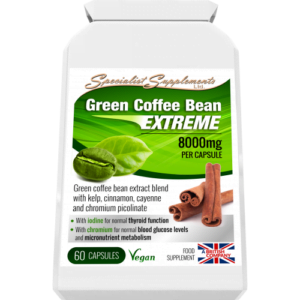
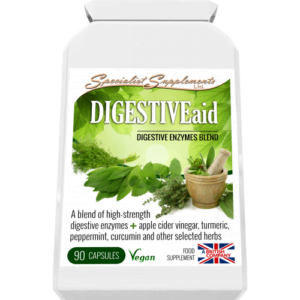
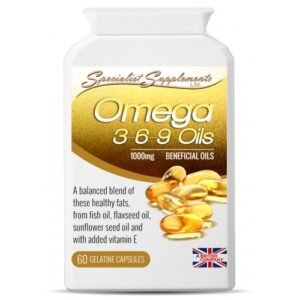
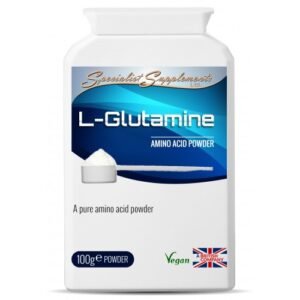
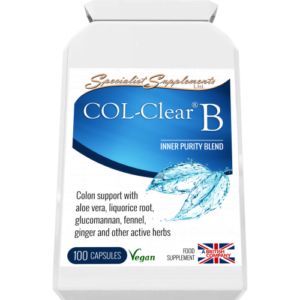
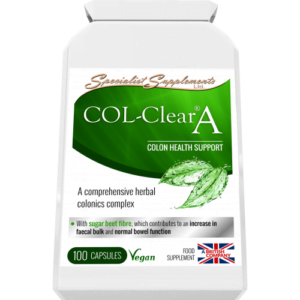
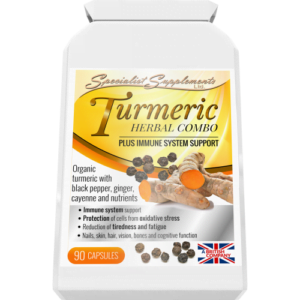

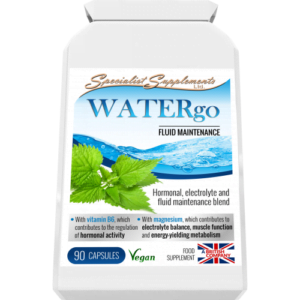
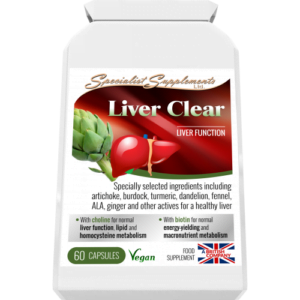
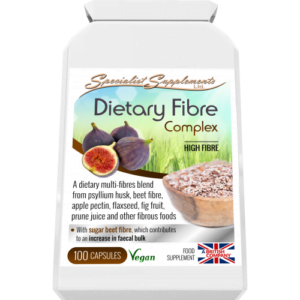
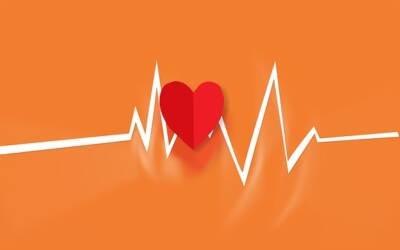
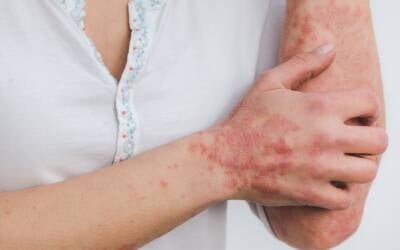

0 Comments